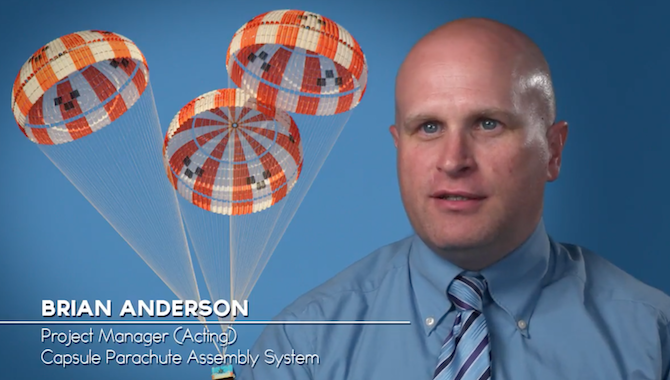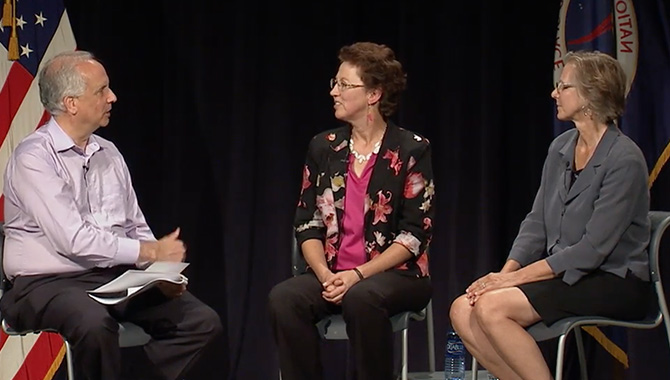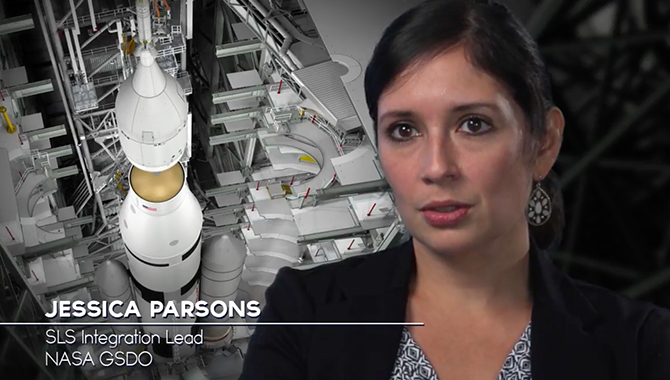
Pat Simpkins
Creativity and innovation are at the heart of NASA work. NASA focuses on researching and developing technologies, which improve aviation, enable space exploration and further science. Making advancements in these areas requires technical knowledge and creative and innovative thinking to generate new solutions.
Practitioners may be more motivated to think outside of the box when there’s little risk in doing so. Employees that feel empowered in their work to contribute new ideas, will continue to think outside of the box, and will help an innovative culture to flourish. Leaders and managers have a big impact on creating a culture of innovation.
Pat Simpkins, Engineering Director of NASA’s Kennedy Space Center, describes in the video an example of a culture that is open to listening to new ideas. A culture focused on looking at new ideas is important for fostering innovation at NASA.
Embedding innovation into NASA’s culture requires a workforce that encourages and values new ideas. The NASA workforce could insist that new ideas at least get a chance to be heard and then put a spotlight on any new ideas that are implemented. A spotlight on new, successful ideas would create an environment that would always be looking for new innovative solutions and make people feel comfortable to offer their own unique ideas.
Related Resources
Critical Knowledge Gateway Videos on Innovation
Human Spaceflight Knowledge Sharing: Innovation at NASA
Center of Excellence for Collaborative Innovation
NASA APPEL Creativity and Innovation Course
NASA APPEL ASK Magazine articles on innovation:
Back to the Future: KSC Swamp Works
Spaceport Innovators: Knowledge Sharing as the Gateway to Innovation
Solving Challenges through Mass Collaboration
Critical Knowledge inSight is a new series of articles highlighting information to help practitioners identify and overcome obstacles that interfere with mission success. Each article focuses on a critical knowledge topic and features knowledge insight through a short video clip with subject matter experts sharing information needed to solve problems and drive innovation. Articles include a brief summary of key learning points gleaned from the expert’s insight along with related resources, such as case studies, courses and lessons learned, to further explore the topic and provide you with quick-hitting, targeted learning to enhance your knowledge base.









